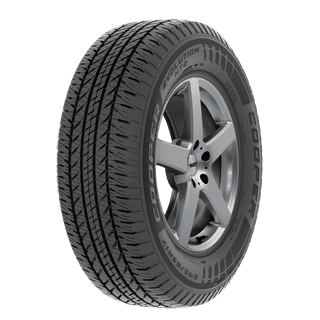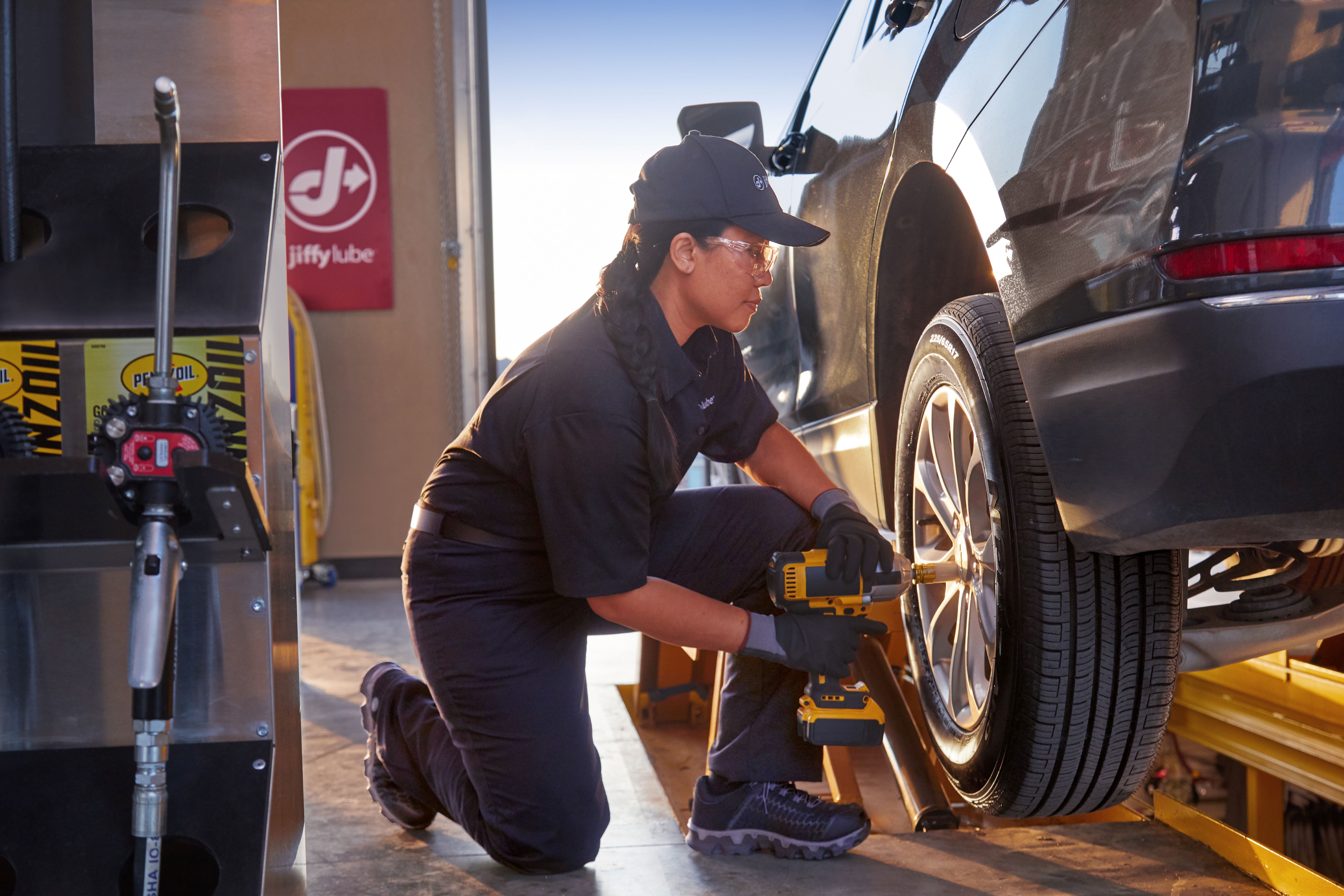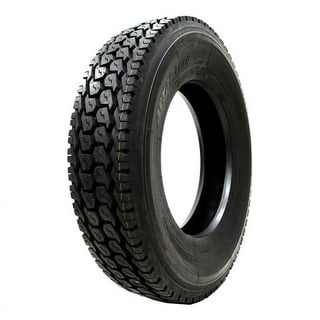Discover the Best Tires Morris IL: Substantial Option Offered
Discover the Best Tires Morris IL: Substantial Option Offered
Blog Article
Tire Solution: Recognizing Tire Stress Surveillance Equipments
Recognizing Tire Stress Surveillance Solutions (TPMS) is an essential element of keeping ideal car performance and safety when driving. With improvements in automotive technology, TPMS has become a common function in modern automobiles, supplying real-time details on tire stress degrees. Digging much deeper right into the complexities of TPMS, one can reveal the different components that comprise this system and the significance of each in ensuring precise monitoring. From straight to indirect TPMS systems, the landscape of tire pressure tracking is diverse, each with its one-of-a-kind collection of benefits and factors to consider. Stay tuned to unwind the complexities of TPMS, from upkeep tips to the obvious advantages of maintaining your tires appropriately pumped up. mopar tire service specials.

Significance of TPMS
The value of Tire Pressure Tracking Solutions (TPMS) exists in their ability to improve lorry safety and efficiency via real-time surveillance of tire pressure levels. Maintaining the right tire stress is critical for ensuring ideal handling, stopping, and overall safety and security of a car. TPMS offers chauffeurs with instant responses on any kind of overinflated or underinflated tires, permitting prompt changes to be made.
Parts of TPMS
Making up various essential components, a Tire Pressure Monitoring System (TPMS) operates as a sophisticated safety and security function in modern lorries. The primary components of a TPMS consist of sensors, a control component, and a warning indicator. Sensing units are usually situated in the tire shutoff stem or affixed to the wheel setting up, where they determine tire stress and transfer information to the control module. If it detects dramatically low pressure in any of the tires, the control component processes this information and causes a warning. The warning sign, typically a symbol on the control panel, alerts the motorist to check the damaged tire or tires. Some advanced TPMS versions likewise present the actual tire pressure readings for every tire, providing motorists with real-time information to make sure optimum tire performance and safety and security. By checking tire pressure continuously, TPMS assists stop accidents, minimizes tire wear, and boosts fuel effectiveness, making it an important component for automobile safety and security and performance.
Sorts Of TPMS

On the various other hand, indirect TPMS depends on the vehicle's wheel rate sensors to monitor tire stress. This system detects underinflation by contrasting the rotational speeds of the wheels. Indirect TPMS is much less costly than straight TPMS, as it utilizes existing sensing units within the car.
While straight TPMS provides more exact readings, indirect TPMS is less find here complex in style and usually requires much less maintenance. Both systems have their advantages and restrictions, and the selection between them usually depends upon elements such as price, car make, and individual preference. Recognizing the differences in between these two sorts of TPMS can assist vehicle proprietors make notified decisions regarding tire upkeep and security.
TPMS Maintenance Tips
Effective upkeep of TPMS is necessary for ensuring optimum performance and safety of your lorry. Consistently checking the TPMS sensors for any damages or deterioration is important. Make certain that the sensors are clean and free from particles that could hinder their performance. Furthermore, it is a good idea to inspect the sensor batteries occasionally and change them as needed to ensure precise readings. Conduct routine examine the tire stress degrees and contrast them with the TPMS analyses to ensure they are regular. If there are any discrepancies, recalibrate the system adhering to the manufacturer's standards. In addition, throughout tire turning or substitute, see to it that the TPMS parts are taken care of thoroughly to avoid any potential damage. Last but not least, if the TPMS alerting light illuminates on the dashboard, resolve the problem immediately by checking the tire stress and the general system for any type anonymous of faults. By sticking to these upkeep ideas, you can lengthen the life expectancy of your TPMS and boost the security of your driving experience.
Benefits of Appropriate Tire Stress
Keeping appropriate tire pressure, as highlighted in TPMS Maintenance Tips, is essential for reaping the countless advantages connected with ideal tire pressure degrees. Furthermore, proper tire stress makes sure even tire wear, extending the life-span of the tires and promoting safer driving problems. In final thought, the benefits of correct tire pressure go past simply tire longevity; they incorporate enhanced fuel performance, improved security, far better automobile performance, and total driving comfort.
Final Thought
In conclusion, recognizing tire pressure surveillance systems (TPMS) is vital for maintaining ideal tire pressure and guaranteeing car safety and security. By recognizing the relevance of TPMS, recognizing with its components, knowing the various kinds offered, sticking to proper maintenance pointers, and realizing the advantages of maintaining appropriate tire stress, drivers can improve their driving experience and lengthen the lifespan of their tires. Appropriate tire stress is key to effective and risk-free lorry operation.

Report this page